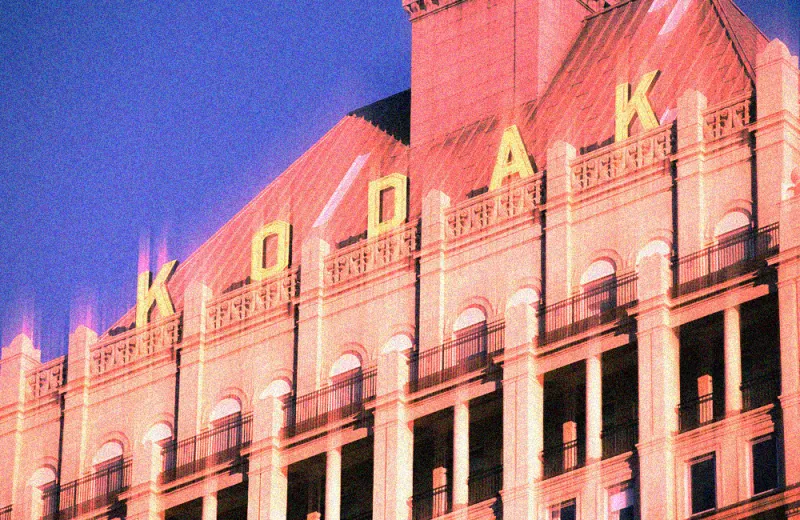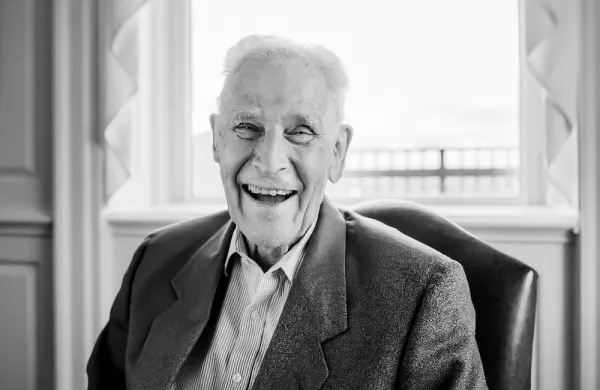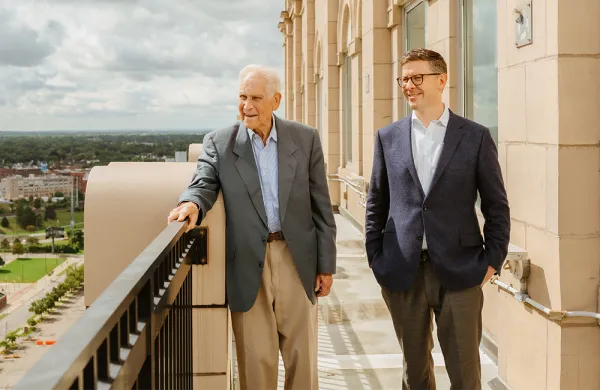Eastman Kodak made waves this week when it said it would outsource its investments to NEPC after 54 years of managing assets in-house. Kodak’s pension fund is a legendary one, thanks to chief investment officers past and present. Rusty Olson built the pension using innovative strategies, while Thomas Mucha and his team continued that legacy.
The five-person investment team, which managed $7 billion, is being disbanded by Kodak, Bloomberg first reported Thursday. Kodak put out a statement on Friday. “KRIPCO [Kodak Retirement Income Plan Committee] chose NEPC to guide the plan through these turbulent times to ensure the health of the plan’s investment portfolio.”
The news that Kodak was outsourcing its investments was unexpected.
“I feel horrible for the whole team,” said one private equity executive. “Ours is a performance business and they’ve done nothing if not outperform. It's unfortunate for a business, where you’re typically rewarded for outperformance, that their services aren’t going to be used going forward.”
The fund’s investment managers did not receive information on why Kodak was moving to an OCIO model, according to one source. Pension industry watchers said it felt similar to the surprise shutdown of Hartford Healthcare’s investment office in 2022. Employees at the high-performing fund, which managed $4.3 billion, were blindsided when the hospital decided to outsource investments.
But Kodak, a once iconic company, faced different challenges. By the time executives decided to outsource investments, Kodak’s pension dwarfed the company in size. KRIP manages about $7 billion in assets, while before the news broke, the company’s market cap was $286.4 million. After Bloomberg broke the news Thursday, Kodak’s share price popped nearly 50 percent.
Kodak's pension was significantly overfunded at the time of the disbandment of the investment office — to the tune of $1.2 billion, according to a statement from the company. If the company receives excess assets from the plan — which could happen if it pays down its liabilities — it would then pay down its term loan obligations, the announcement said.
“Kodak, in conjunction with KRIPCO, has been exploring how best to preserve and maximize the value of the over-funding for the benefit of key stakeholders including current and former employees and Kodak shareholders,” the company added.
The pension was arguably a victim of its own success. “The way I look at it is that they did such a good job, they worked themselves out of a job unfortunately,” a corporate pension chief investment officer told Institutional Investor.
Kodak’s pension fund looks different from its corporate peers, many of which focus on more conservative hedging and liability-driven investments. According to the corporate pension CIO who spoke on the condition of anonymity, corporate plans began to diverge in investment approaches roughly ten years ago when funding rules changed, moving pension plan deficits onto corporation’s balance sheets.
“It's not that one plan is an outlier,” the CIO said. “You structure the portfolio to meet the objectives of the fund as well as the company. They were by far more into privates, which has been a good thing over the past few years.”
Kodak’s investment team was the top ranked fund among corporate plans for the five- and ten-year periods ending September 30, 2023, according to the CIO, who has reviewed peer performance data. The investment results were driven by putting more than 60 percent of the portfolio to work in hedge funds and private markets, a “much higher” allocation than many peers, the CIO said.
“They took a different approach than a lot of other pension plans. It really has paid off... We all thought Tom was doing a great job,” added the CIO.
Established in 1928, Kodak’s pension fund implemented what investors today see as a modern allocation approach in 1970. A year later, Rusty Olson joined the investment staff. He was an early adopter of diversifying strategies including real estate, venture capital, and portable alpha, drawing comparisons to Yale’s fabled CIO David Swensen.
Olson died in December at age 91. He lived long enough to reap the benefits of his investments at Kodak — but passed before the company decided to change its approach to managing those assets.
Some of Olson's early energy investments were still held by the investment portfolio in 2023, Mucha previously told Institutional Investor. Mucha declined to comment for this story.
Mucha took the helm at the pension plan in 2011 after stints at Williams College’s endowment and Bridgewater. He joined as Kodak was working its way through a complex bankruptcy process, driven by the film and photography industry’s shift to digital products.
The bankruptcy involved an optional pension buyout for members, forcing Mucha to liquidate some of its assets. This gave him a fresh start for the fund, though, allowing him to restructure investments and to allocate capital to strategies like lower middle market private equity funds.
Mucha shared in a 2023 interview that since its inception, Kodak had committed almost $2 billion to real estate — more than any other private asset class. By way of comparison, the fund has committed about $1.6 billion to buyouts over the years. However, as of 2023, less than one percent of the plan’s value was held in private real estate, while 10 percent was held in buyout funds.
“We don't make any strategic allocation to different types of private investments,” he said at the time. “So instead, we have a single allocation to all private investments, including buyouts, venture, real estate, real assets, etcetera. And then within that allocation, the staff has leeway to select the most compelling investments within a given vintage year.”
After he joined, Mucha also rebuilt the fund’s investment team, growing it to a group of four other professionals — Nick Johnston, Lin Sun, Mike Masso, and Jake Conway — who, along with Mucha, will now be in search of new roles.
“In terms of the news itself, we’re obviously extremely disappointed given what we think is a fantastic team, not just in terms of their performance as investors, but also as partners,” the private equity executive said.







